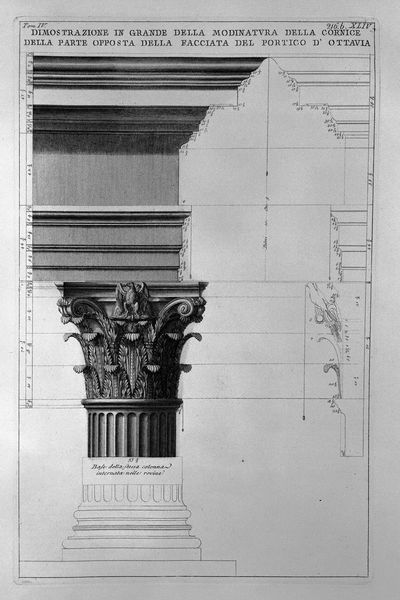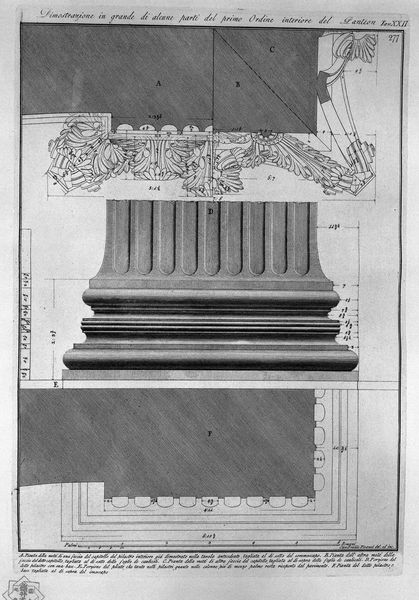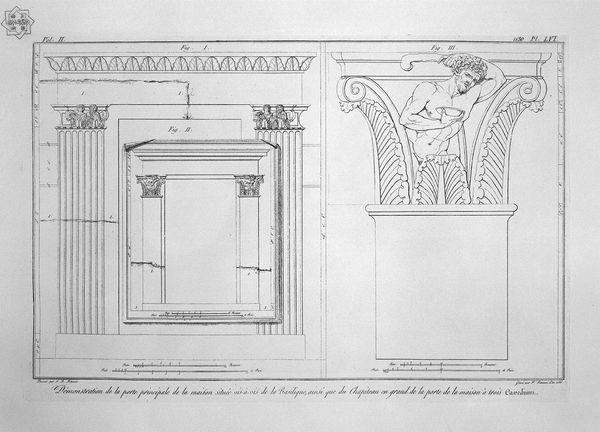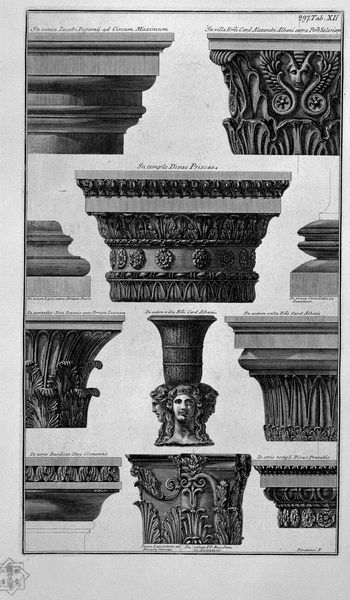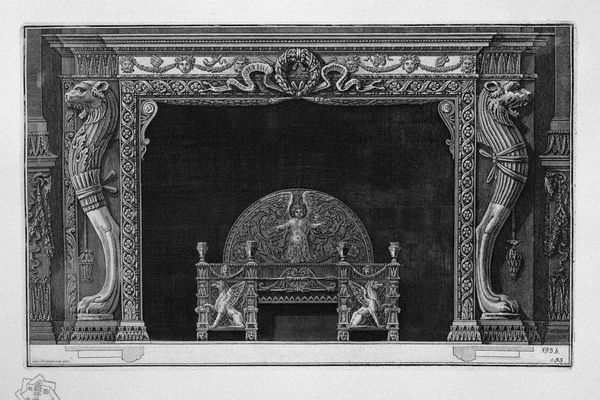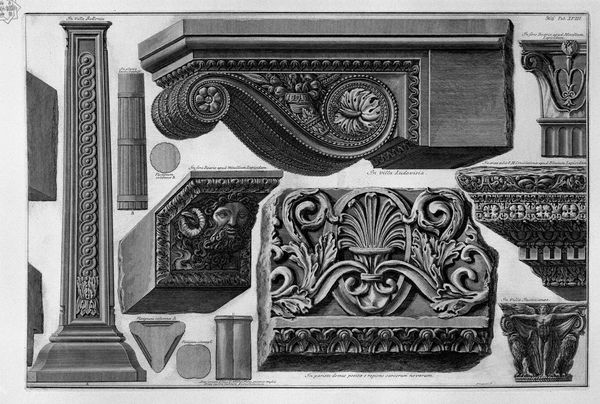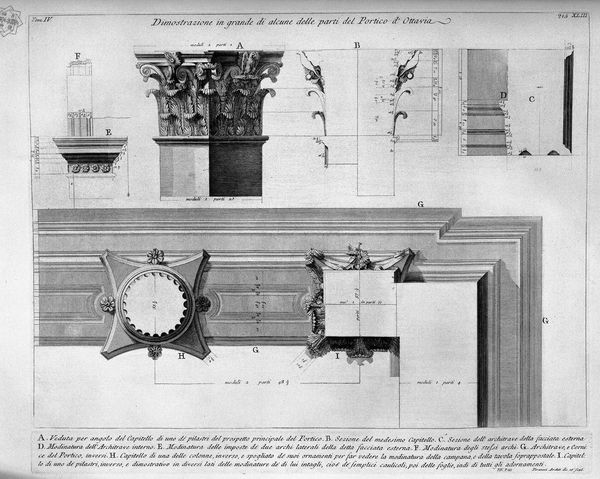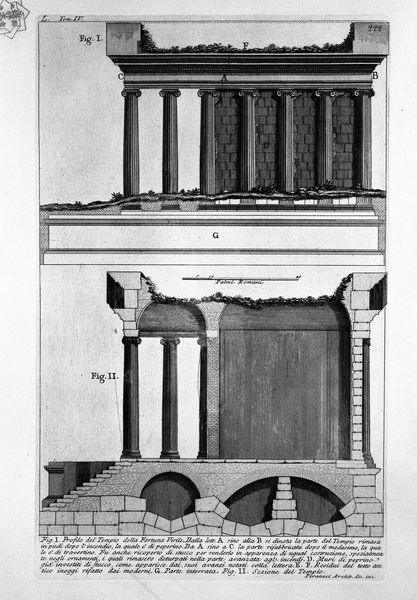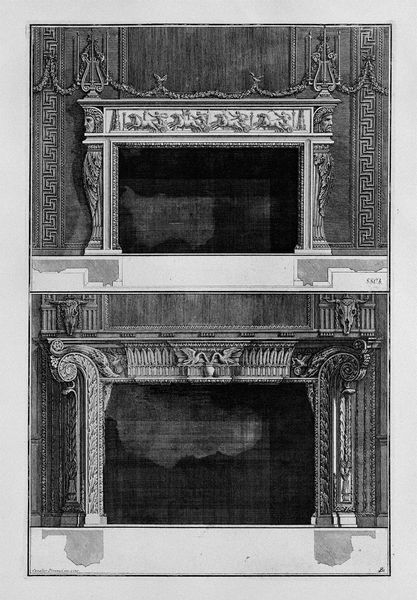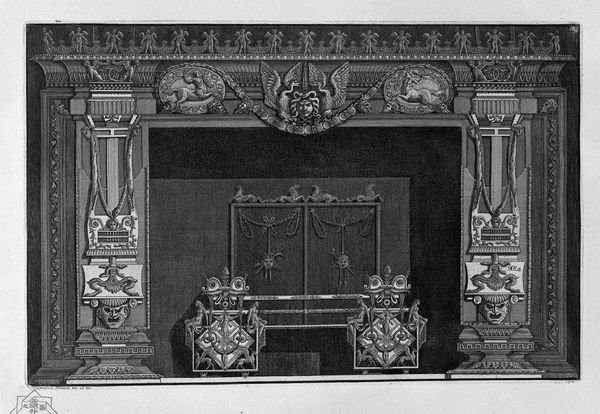
drawing, print, etching, engraving, architecture
#
drawing
#
neoclacissism
# print
#
etching
#
sculpture
#
engraving
#
architecture
Copyright: Public domain
Editor: This print, "Demonstration in large parts of the Temple of Vesta and the Sibyl" is attributed to Giovanni Battista Piranesi. It seems to be an engraving detailing architectural elements. What is its significance in the context of art history, and how does it reflect the artistic conventions of its time? Curator: Well, this print provides an interesting insight into 18th-century understandings and appropriations of classical antiquity. Piranesi wasn't just documenting Roman ruins; he was actively reconstructing and re-presenting them through his own artistic lens. Consider how the specific details highlighted, almost diagrammatically, underscore a growing fascination with the rational principles of classical architecture. Editor: So, you are saying he's not just showing us the Temple of Vesta but also using it to convey a certain ideology? Curator: Exactly. The 'Temple of Vesta' and the 'Sibyl', became powerful symbols associated with notions of civic virtue, order, and the perceived glory of the Roman Empire. In whose interests do you think the reconstruction of antiquity served, when Piranesi published these? Editor: It's interesting that these drawings have measurements, yet I would not consider this documentation. It’s almost propagandistic; there is something political embedded in his approach to antiquity. Curator: Precisely! Understanding that political element - who benefits from these representations - is key to appreciating the true context of the artwork. How would these images impact architectural styles that followed, for instance? Editor: It really changes my perception, because I realize I was focusing on his technique without seeing his hidden agenda. This print becomes less about historical documentation, and more about political intentions! Curator: Indeed. Reflecting on this, we learn about the intentions behind the creation and reception of the image.
Comments
No comments
Be the first to comment and join the conversation on the ultimate creative platform.

